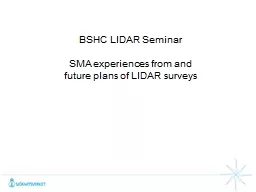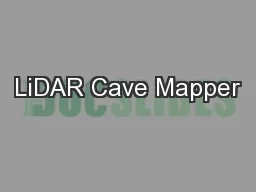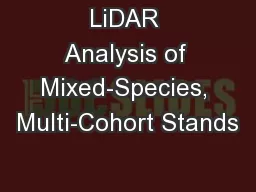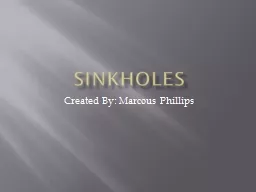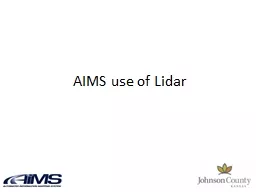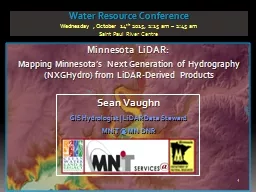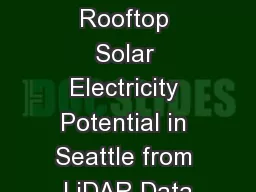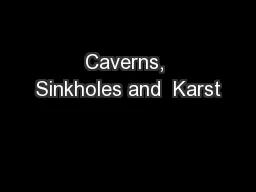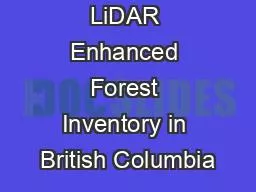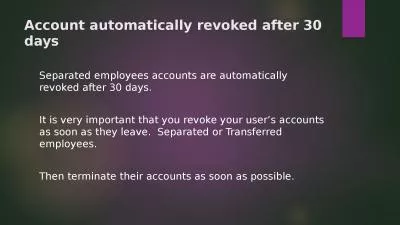PPT-Using LiDAR Data to Automatically Delineate Sinkholes in So
Author : natalia-silvester | Published Date : 2017-04-08
Nate Green and Jacob Hartle Forest and Natural Resource Management 3262 Introduction Karst Topography is an important landscape to understand due to the amount
Presentation Embed Code
Download Presentation
Download Presentation The PPT/PDF document "Using LiDAR Data to Automatically Deline..." is the property of its rightful owner. Permission is granted to download and print the materials on this website for personal, non-commercial use only, and to display it on your personal computer provided you do not modify the materials and that you retain all copyright notices contained in the materials. By downloading content from our website, you accept the terms of this agreement.
Using LiDAR Data to Automatically Delineate Sinkholes in So: Transcript
Download Rules Of Document
"Using LiDAR Data to Automatically Delineate Sinkholes in So"The content belongs to its owner. You may download and print it for personal use, without modification, and keep all copyright notices. By downloading, you agree to these terms.
Related Documents


